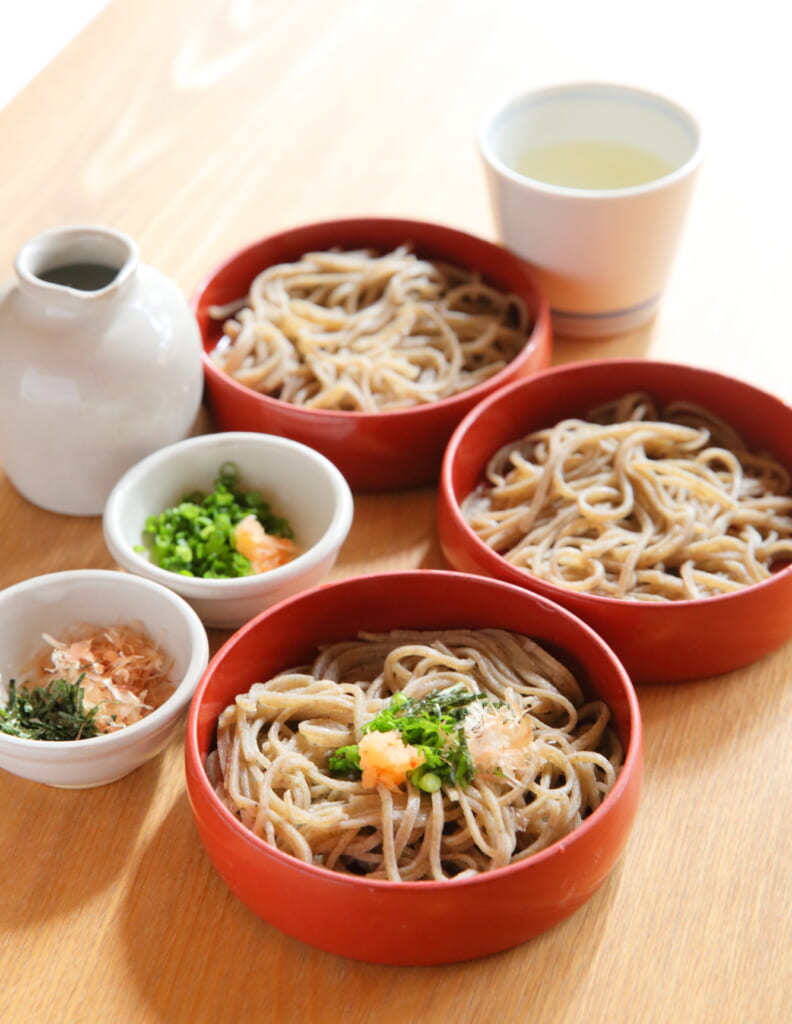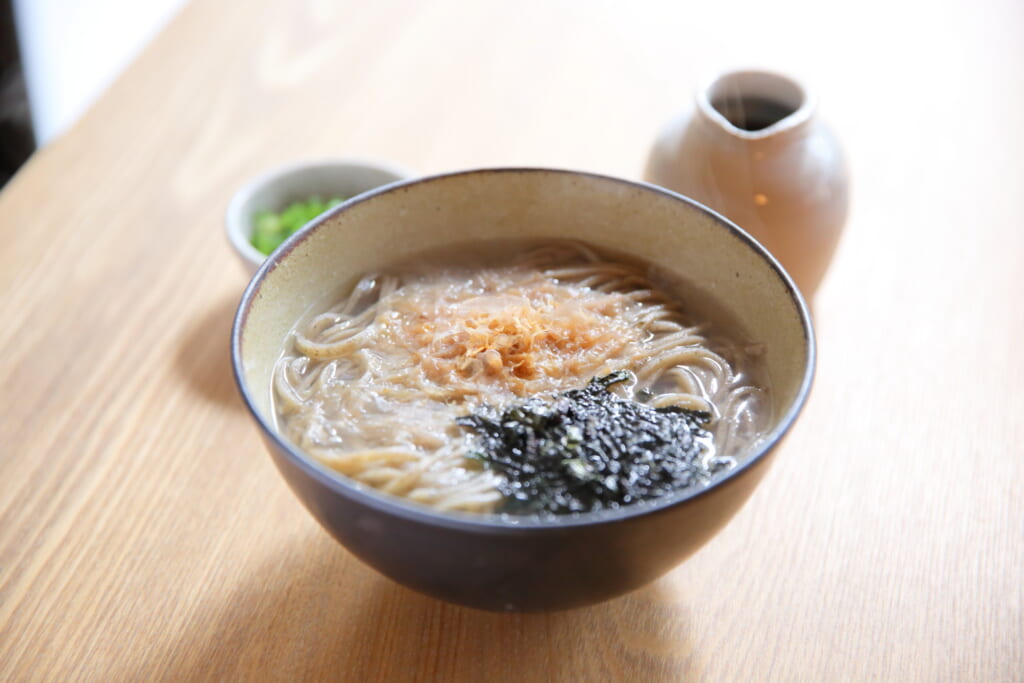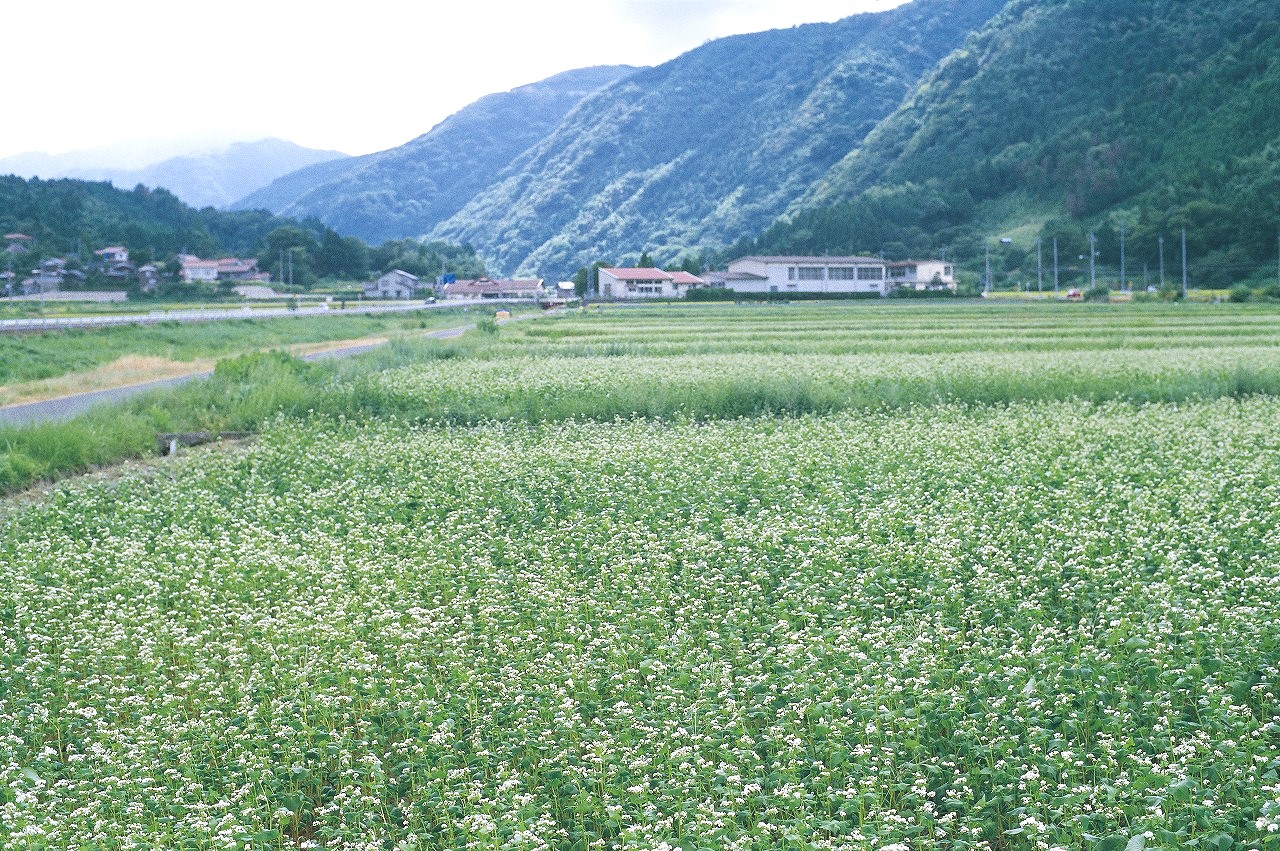Soba, or Japanese buckwheat noodles, has been a staple of Japanese cuisine for centuries. Among Japan’s three most famous soba varieties, Izumo Soba stands out for its deep flavor, unique preparation, and rich cultural heritage. This traditional dish originates from Shimane Prefecture, home to the famous Izumo Taisha Shrine, and has been loved by locals for generations.
What Makes Izumo Soba Special?
Unlike many other types of soba, Izumo Soba is made using the “hikigurumi” milling technique, where the entire buckwheat grain, including its husk, is ground into flour. This method gives Izumo Soba its dark color, strong aroma, and robust flavor, while also preserving more nutrients, such as vitamin B, minerals, and rutin, which are beneficial for health.
How to Enjoy Izumo Soba
Izumo Soba is served in two distinct traditional styles:
Wariko Soba (割子そば)

This style features three-tiered lacquer bowls, with soba noodles in each. Instead of dipping the noodles into a separate sauce, the broth is poured directly over them, allowing diners to add toppings like green onions, grated radish, or dried seaweed.
Kamaage Soba (釜揚げそば)

The noodles are served in the hot water in which they were boiled. The dipping sauce is richer, and the broth left in the bowl after eating is often enjoyed as a warm drink.
The Cultural Significance of Izumo Soba
Soba has long been associated with longevity and good fortune in Japan, making it a popular dish for celebrations. In Izumo, soba is deeply connected to Shinto rituals and traditional cuisine, reflecting the region’s long-standing history and spiritual significance.
At our company, we are proud to produce authentic Izumo Soba, preserving its rich tradition and exceptional quality. If you ever visit Japan, make sure to experience the true taste of one of Japan’s most treasured soba varieties!
